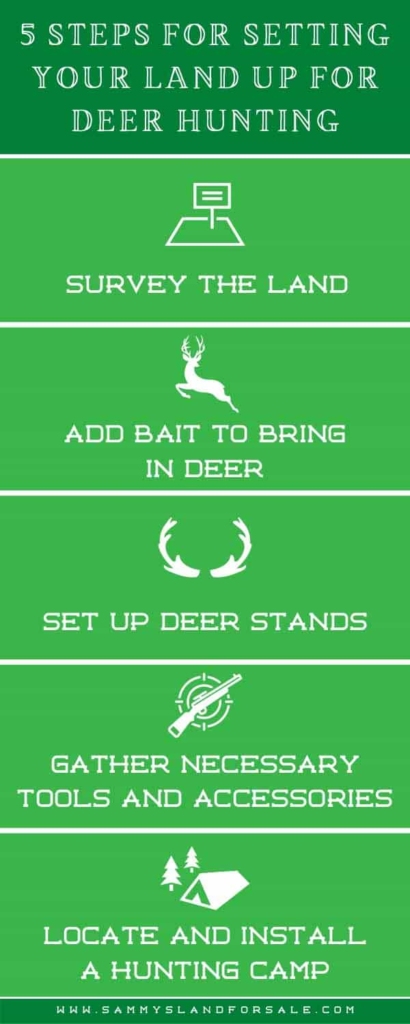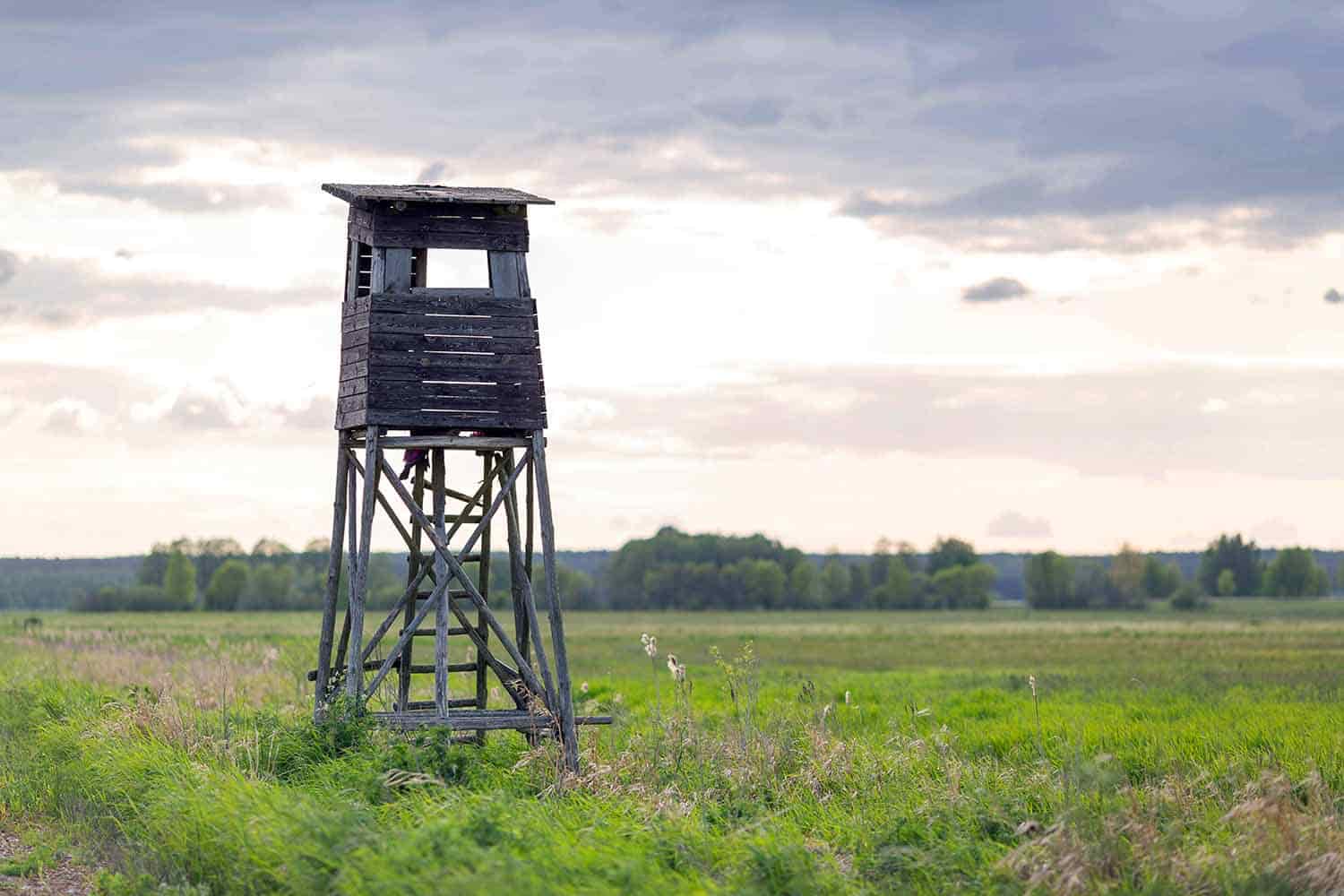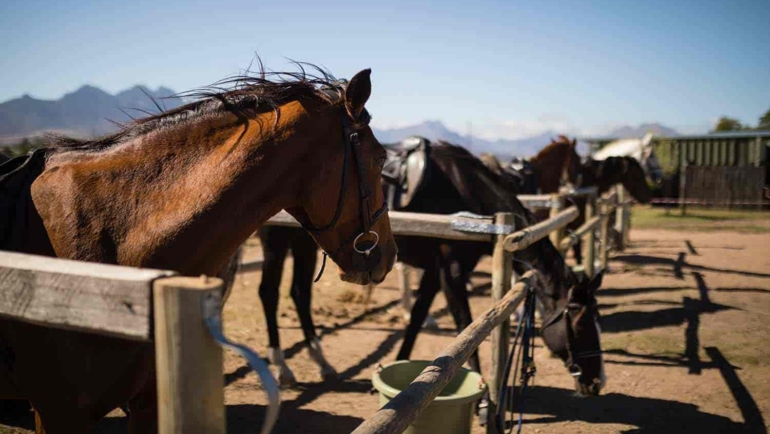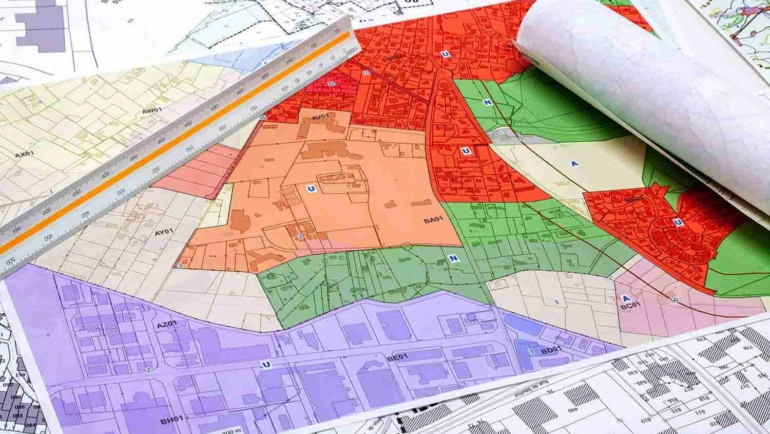If you want to set up your land for deer hunting, there are many benefits to hunting your own private land versus public land. However, it’s important to know the rules and regulations around setting up your land as hunting land. You might run into legal trouble otherwise. You’ll also need some tried-and-true ways to attract deer to your property.
Below you’ll find all the necessary steps to setting your land up for successful deer hunting. Whether you’re trying to set up your land for your own private deer hunting parties or you’re interested in leasing the land out to other deer hunters, this guide will give you an overview of everything you need to know.
Does Hunting Land Require a Special License?
The first thing you need to consider before you even get started setting your land up for deer hunting is whether or not you need a special license to use your land as deer hunting property. Here are a few of the things you need to consider when it comes to the laws for hunting deer on your land:
- Hunting deer on your personal private property usually does not require a hunting license. On a practical level, this helps farmers and landowners keep deer out of their gardens and fields without having to participate in hunting as a sport. For landowners, it means you don’t have to pay to hunt deer on your own property.
- Non-resident hunters still need a license. Even if you give someone permission to hunt on your private land other than yourself or your immediate family, those people will need a conventional non-resident hunting license. These licenses can be obtained through your local fish and game department.
- If you rent your property for deer hunting, you might need a leasing license. A leasing license is a license given out by some local governments that charge an additional tax for the right to lease your land out for hunting. Check with your local Fish and Game Department to see whether leasing licenses are required in your area. (Source: Whitetail Properties)
There are many benefits to setting up private land for deer hunting. But if you don’t go through the correct legal hoops before you get started, you might find yourself paying fines, losing your hunting license, or even serving jail time.
How Do I Set Up My Land for Deer Hunting?
Setting up your land for deer hunting can be both enjoyable and profitable, depending on how you want to use the property. However, there are several steps you need to take to make sure you have everything on the land ready to go before you begin hunting on it.
Follow these guidelines to set up successful deer hunting on your property.
5 Steps for Setting Your Land Up for Deer Hunting
 Survey the Land
Survey the Land
The first step before you do anything else with your deer hunting land is to perform a land survey of the property and figure out exactly what kind of deer population you’re working with in the area. This also gives you a better idea of how the property is laid out. It’ll also alert you to the location of following interest points:
- Game trails: Surveying the property for game trails allows you to see where the deer on your property are traveling, which allows you to plan your deer stands and other hunting locations accordingly. Setting up cameras along known game trails also allows you to see exactly how many deer are moving around on your property.
- Dangers: Some uncleared deer hunting properties may contain hidden dangers such as drop-offs, rattlesnake dens, or predator animals like bears or wolves. Knowing where these dangers are and how much of a risk they pose is important in hunting your property safely.
- Boundaries: Doing a survey on your deer hunting land lets you know exactly where your land ends and someone else’s land begins. Knowing the boundaries of your property allows you to enforce them against poachers or other trespassers.
- Waterways and bodies of water: Water is a strong attractant for all kinds of wildlife, including deer. Having water on your property can make it much more desirable as a hunting property. It will bring in a lot of animals to hunt or even just to photograph and observe.
There are many different ways to perform a survey of your land for deer hunting, including walking the property to find game trails and doing an aerial flyover to do population headcounts. Whichever method you end up using, doing a survey or paying for one to be done can give you a much better idea of what you’re working with.
Add Bait to Bring in Deer
Once you know how many deer you have on your land and what its basic layout is, you can start adding bait that will bring in additional deer to add to your native population. This is a good step to take even if you have a full deer population since it can help you locate deer easily on the property by training them to feed in certain areas.
Here are some of the attractants you can add to your land to bait deer for hunting (Source: Mossy Oak):
- Salt lick: A salt or mineral lick provides many of the minerals a deer craves to maintain a healthy diet, and adding a few to your property will help draw them in. Be sure and check that it’s legal to shoot animals at salt licks before installing them on your deer hunting property. This is a controversial practice in some areas.
- Transition cover: Transition cover consists of small trees, shrubs, and bushes that provide cover to mature deer so they can pass safely across the land without exposing themselves in an open field.
- Thickets: Planning deliberate thickets for bedding areas can help keep deer on your property rather than encouraging them to feed and move on. Deer need a place to shelter from the elements and sleep safely so they’re motivated to stick around.
- Vegetation: Crop fields, fruit trees, and other edible vegetation is a good way to bring deer around. Be sure to spread this vegetation out across the land evenly so that there aren’t many exposed areas. This ensures each area meshes naturally with the others to encourage a sense of safety in the deer passing through.
Managing your property to make it more attractive for deer is a great way to make sure you always have plenty of game to hunt during deer season. Knowing where your land is best laid out for deer and where the best feeding areas on your property are can help you find deer when it’s time to go hunting, too.
Set Up Deer Stands
If you’ve set up the land in a way that makes it attractive to deer, the next step in setting up your land for deer hunting is to position your deer stands. Ladder stands and climbing stands are popular because they both elevate the hunter, allowing them a better shot while also placing them above the deer’s line of sight. Deer stands can also help reduce a hunter’s smell, too.
Here are some of the best places you can set up your deer stands:
- Game trails: Placing deer stands at the intersections of trails or along major game trails can put you right in the path of oncoming deer crossing your property to feed or rut. Minor trails are an especially good location for hunting mature bucks. (Source: Mossy Oak)
- Field corners: Field corners are one of the favorite passages for deers and are often used by them as a gateway to transition corridors and other areas of cover from exposed areas like pastures. (Source: RealTree)
- Water sources: Creeks and ponds are a perfect place to install a deer stand. All local wildlife will visit this area to get water, so set up near any deer sign such as tracks or scat. Even if deer are naturally suspicious of a deer blind at first after you build it, their natural fear of the unknown will be outweighed by their need to drink.
These are just a few of the many places you can successfully place a deer stand on your property to act as your hunting outpost. The best locations for a deer stand or blind on your property are determined by the specific geographical features that are present on your property.
Gather Necessary Tools and Accessories
Once you have your land set up for deer and you know what kind of deer population you’re dealing with, it’s time to gather the necessary tools and accessories you’ll need to go deer hunting on your land.
If it’s only you and your immediate family hunting, you may not need a ton of accessories. However, if you’re planning on providing for hunting parties, you may need enough accessories and gear to rent out.
These are some pieces of gear you might want to consider investing in for a deer hunting property:
- All-terrain vehicles (ATVs): ATVs are an easy way to make it quickly from one end of hunting property to another, especially if you have no roadways through a larger area of forested land. (Source: Tracker Offroad)
- Lumber clearing equipment: Lumber clearing tools and equipment such as chainsaws and sleds can make it easier to set up bedding areas or clear out designated trails on a hunting property.
- Guns and vests: Make sure that only licensed hunters use any guns on your deer hunting property. All members of a deer hunting party should be in fluorescent hunter orange for visibility. Keeping extra fluorescent gear on hand in case someone forgets theirs is a good idea if you’re hosting others on your hunting land.
- Knives and gambrels: Along with the gear you need to hunt deer, you’ll also need some gear for processing deer after you nab them. Gambrels are used to hoist deer up for bleeding out and cleaning. You’ll also need sharp buck knives to skin the deer and break it down for the freezer. (Source: FishGame)
Having all of your hunting equipment and accessories right there on your deer hunting land makes every hunting trip convenient. If you’re trying to build up private land for hunting, having all of this gear readily available also adds value to any hunting rights you sell.
Locate and Install a Hunting Camp
The last step to setting your land up for deer hunting is to figure out where you want to set up your permanent hunting camp. Deer stands are sometimes temporary and can be moved around the property depending on how the deer are running, but a hunting cabin or other camping area gives you a place where you can bed down at the end of the day.
It’s a smart idea to locate your hunting camp in an area that is easily accessible by road. Since you may have other areas of your hunting property that are only accessible by ATV or foot, having your main base convenient to the road makes it much easier to bring in supplies. It’s also easier for emergency services to access in case of an accident.
While some hunters may be happy with a primitive camping site on their deer hunting property, setting up some kind of small cottage or cabin can offer much better amenities for long hunting trips such as air conditioning, heating, and wireless Internet.
Setting Your Land Up for Hunting Is an Investment
Even if you don’t set up your private property for other people to lease the rights to hunt, setting up a good piece of hunting land and building on it year by year can provide great natural habitat for local wildlife and tons of enjoyment for you.
Watch your property evolve through proper management, and before long you’ll have more deer passing through than you know what to do with!




